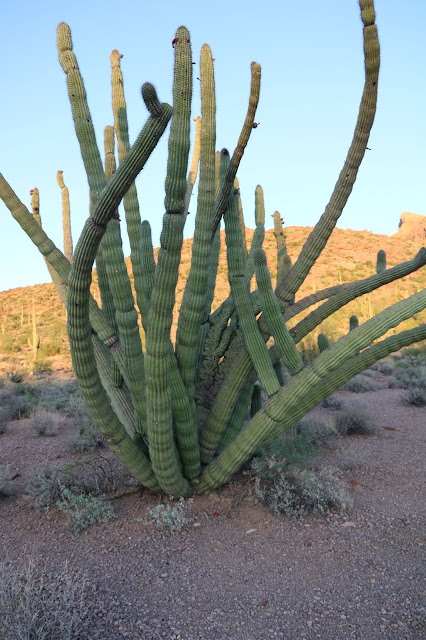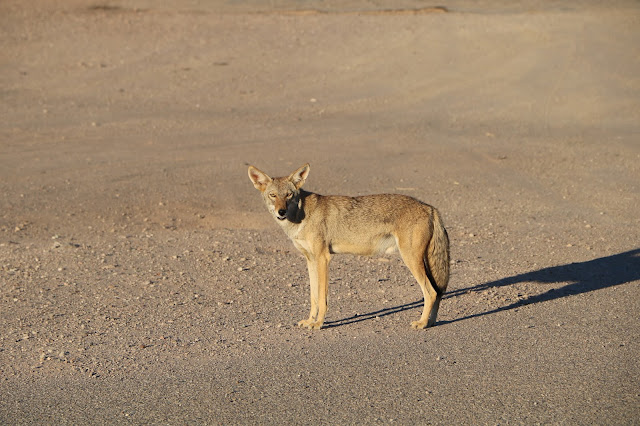Away we go north on 85 back to Why, AZ.
Why is Why, Why? you may ask. When Why didn’t have a name and a few earnest folks decided to live here, for what purpose I can’t imagine, highways 85 and 86 intersected in a Y. The local drunks, potheads, drug smugglers and other ne’er-do-wells lobbied for a post office, so they needed a town name. They had a meeting, smoked a doobie and offered up ‘Y’ as a logical choice. At the time Arizona required all cities to have at least three letters in their names, so the State vetoed ‘Y’. The townspeople took a pull on the tequila bottle and went to their second choice, ‘Why’, which the State approved. Since then, in its wisdom, the Arizona Department of Transportation removed the Y intersection for safety concerns.
With the Y intersection gone for a while, the good townsfolk forgot why Why is named Why. Your typical Why resident partakes of Mexican pot, tequila and cerveza often, which in and of itself creates a short term memory challenge. After all they do live in a desert where it rarely rains for months at a time and where daytime temperatures can soar to 110 degrees F. What else are you going to do to keep your mind clear? Bottom line, nobody can remember why Why is named Why. Which is why I am making up this story. And even if I didn’t make it up, I cannot remember why I didn’t.
At Why we take 86 E through the Tohono O’odham Indian Reservation, through Indian settlements; Schuchuli, Narcho Santos, Kui Tatk, Haivana Nakya, Pan Tak and others, all stuck out here in this hot, dry Sonoran Desert country. Mexico just a few scores of miles away. Many Border Patrol signs along the way issue warnings, cautions and advice, what to do and not to do when one sees ‘suspicious activity’, like dark skinned people walking across the desert on their way to visit friends and relatives and drug dealers.
Soon after getting on 86 we see Wile E Coyote hightailing it down a dry arroyo (gulch). And, I’m not making this up, soon after that we saw a road runner darting along through the desert and I swear he was laughing.
On we go to Tucson where we pick up I10 east and drive to Lordsburg, New Mexico (population 2,800) where, during World War II, the US Army held fifteen hundred Japanese Americans in an internment camp for one year. During that time a US soldier shot and killed two Japanese American internees, under questionable circumstances as the story goes. A military investigation concluded that the sentry killed the two internees lawfully. Let me get this straight. Its lawful to uproot and imprison US citizens who have not been charged and convicted of a crime and shoot them for acting up a bit. Oh that's right. Martial law is lawful. How silly of me.
At Lordsburg we drive northeast for twenty miles on route 90 into the Gila National Forest where we went off road, avoided a wake of black vultures feeding on a deer carcass and found ourselves a nice free campsite all by ourselves for the night.


















































